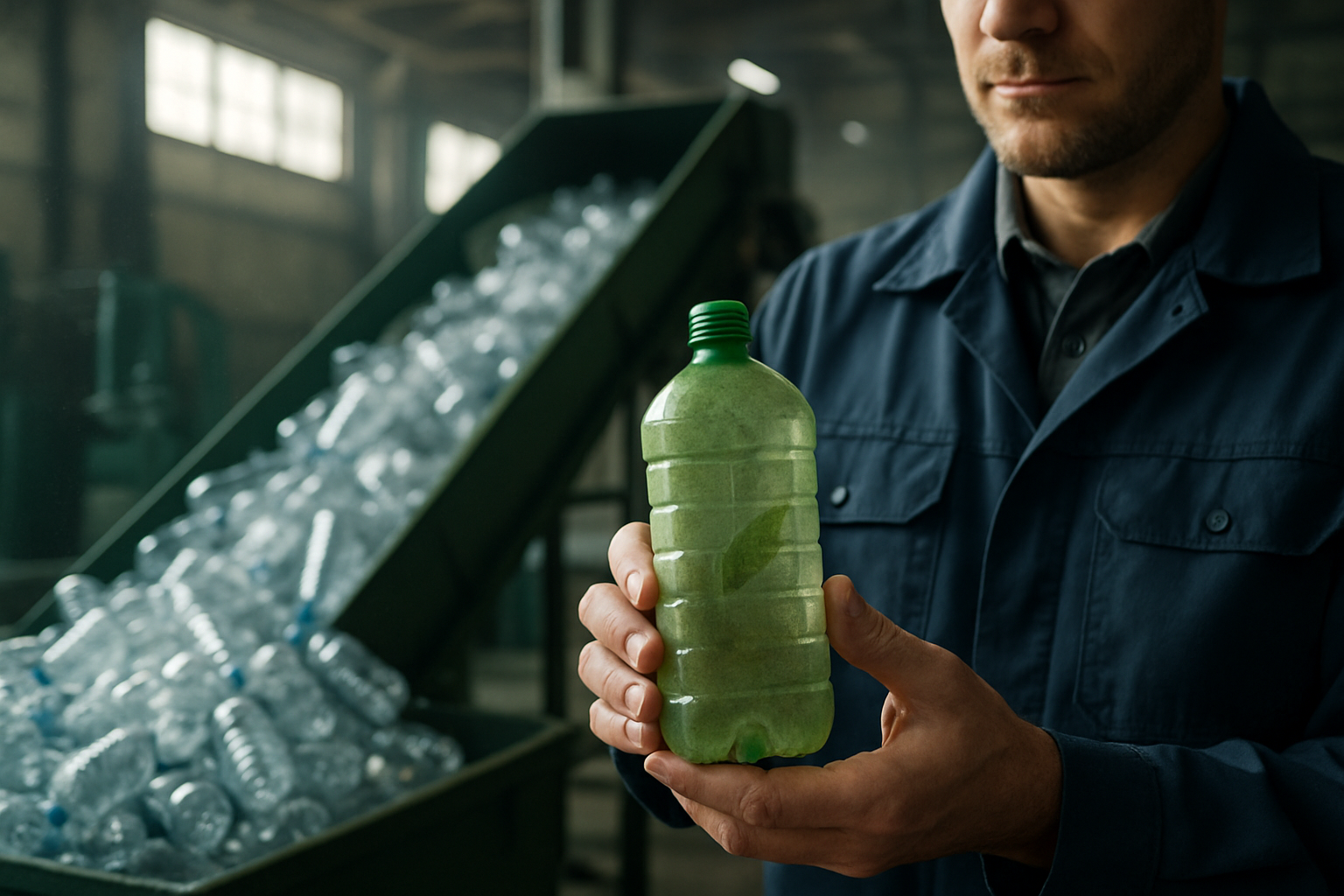Sustainable Lingerie Options Transform New Zealand Fashion
This comprehensive overview provides detailed information about sustainable women's lingerie in New Zealand for 2025, highlighting eco-friendly materials, ethical production, inclusive sizing, and comfortable design. It examines locally sourced organic cotton, bamboo, TENCEL lyocell, and recycled nylon, and outlines certifications, low-impact dyes, and transparent supply chains. Attention to inclusive size ranges, adjustable fittings, and supportive silhouettes improves fit and confidence across body types. Benefits include reduced environmental footprint, fair labor practices, longer garment lifespan, and versatile everyday wear that blends comfort with conscious consumption.

Eco-Friendly Materials Reshape Intimate Apparel Manufacturing
The foundation of sustainable lingerie lies in material innovation, with organic cotton leading the charge as a pesticide-free alternative to conventional cotton. Bamboo fabric offers natural antibacterial properties and exceptional softness, while TENCEL lyocell provides moisture-wicking capabilities derived from sustainably sourced wood pulp. Recycled nylon transforms post-consumer waste into durable, stretchy fabrics ideal for supportive undergarments, creating a circular economy approach to intimate apparel production.
These materials require significantly less water and energy during production compared to traditional synthetic fabrics. Organic cotton farming eliminates harmful chemicals from the growing process, protecting both soil health and farmer welfare. Bamboo grows rapidly without requiring replanting, making it a renewable resource that regenerates naturally.
Certifications and Supply Chain Transparency Drive Industry Standards
Authentic sustainable lingerie brands prioritize third-party certifications such as Global Organic Textile Standard (GOTS), OEKO-TEX Standard 100, and Forest Stewardship Council (FSC) certification. These standards ensure materials meet strict environmental and social criteria throughout the supply chain. Low-impact dyes minimize water pollution and chemical runoff, while transparent supply chains allow consumers to trace their garments from raw material to finished product.
Transparency extends beyond material sourcing to include fair labor practices, factory working conditions, and environmental impact reporting. Many sustainable brands publish annual sustainability reports detailing their progress toward environmental and social goals, creating accountability and trust with consumers.
Inclusive Sizing Addresses Diverse Body Types and Comfort Needs
Sustainable lingerie brands increasingly recognize that true sustainability includes social sustainability through inclusive sizing practices. Adjustable fittings accommodate body changes and individual preferences, extending garment lifespan and reducing waste. Supportive silhouettes prioritize function alongside aesthetics, ensuring comfort for diverse body types and activity levels.
This approach challenges traditional lingerie sizing limitations, offering extended size ranges that serve previously underrepresented demographics. Wire-free options, convertible straps, and multi-way designs provide versatility and adaptability, reducing the need for multiple specialized garments.
Environmental and Social Benefits Create Lasting Impact
The environmental benefits of sustainable lingerie extend far beyond individual garment choices. Reduced carbon footprints result from shorter supply chains, renewable energy use in manufacturing, and biodegradable or recyclable materials. Fair labor practices ensure workers receive living wages and safe working conditions, supporting community development in manufacturing regions.
Longer garment lifespans significantly reduce textile waste, with quality construction and timeless designs encouraging consumers to keep items for years rather than seasons. This durability factor makes sustainable lingerie economically advantageous over time, despite potentially higher upfront costs.
| Brand Category | Price Range (NZD) | Key Features |
|---|---|---|
| Local Sustainable Brands | $45-120 per piece | Organic materials, local production, small batch manufacturing |
| International Eco Brands | $35-95 per piece | Certified materials, global shipping, established supply chains |
| Mainstream Sustainable Lines | $25-75 per piece | Accessible pricing, wider availability, basic sustainability features |
Prices, rates, or cost estimates mentioned in this article are based on the latest available information but may change over time. Independent research is advised before making financial decisions.
Future Trends Shape Sustainable Intimate Apparel Innovation
Emerging technologies promise further advancement in sustainable lingerie production, including lab-grown materials, closed-loop recycling systems, and biodegradable elastics. Consumer education continues driving demand for transparency and accountability, pushing brands toward more comprehensive sustainability practices.
The integration of technology with traditional craftsmanship creates opportunities for customization and made-to-order production, reducing overstock and waste while meeting individual consumer needs. These developments position New Zealand’s sustainable lingerie market for continued growth and innovation throughout 2025 and beyond.




